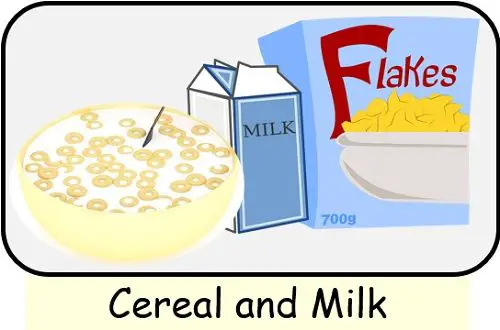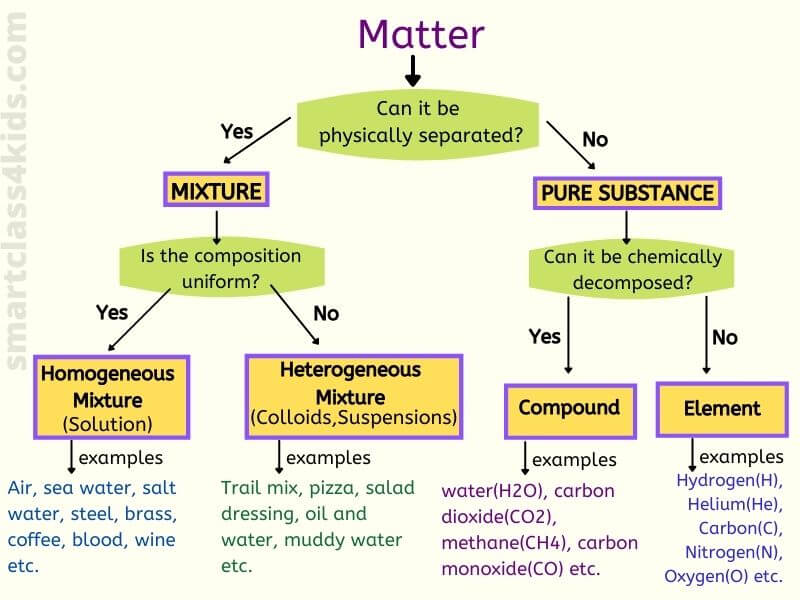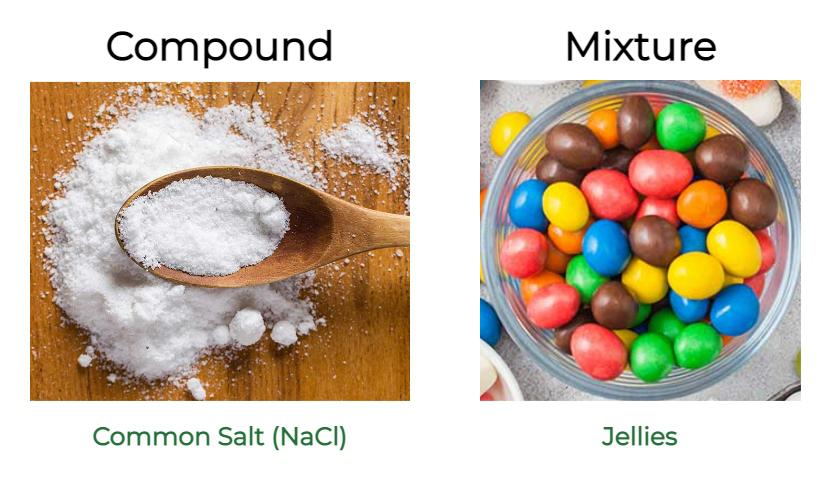Milk Is A Compound Or Mixture

Urgent scientific reevaluation: Milk, long considered a compound, has been officially redefined as a complex mixture by the International Dairy Science Association (IDSA). This groundbreaking classification shifts our understanding of milk's fundamental nature, impacting food science, nutrition, and dairy industry regulations.
The redefined classification, announced earlier today, recognizes milk's heterogeneous composition of fats, proteins, carbohydrates, minerals, and vitamins as an intricate blend rather than a unified chemical entity. This shift necessitates a re-evaluation of processing techniques, nutritional labeling, and quality control standards within the dairy sector.
The Ruling: Mixture, Not Compound
The IDSA, after years of rigorous study and debate, released its conclusive findings. The decision hinged on the observation that milk's constituents do not exist in fixed ratios and can be separated by physical means without altering their inherent chemical properties.
A compound, by definition, has a fixed ratio of elements chemically bonded together. Conversely, milk's composition varies significantly depending on factors like breed, feed, and lactation stage.
This variability proves it is a mixture. It is something that scientists previously overlooked.
Scientific Backing and Data
Dr. Emily Carter, lead researcher on the IDSA study, presented compelling data at the organization's annual conference in Paris. Her team analyzed over 5,000 milk samples from various sources, demonstrating the wide range of compositional differences.
Data revealed fat content ranging from 3% to over 6% in different breeds, with similar fluctuations observed in protein and lactose levels. These variances directly contradicted the fixed ratio requirement for a compound classification.
Spectroscopic analysis further confirmed the presence of distinct, unbound molecules within milk. Separating milk into its components, using techniques like centrifugation and filtration, leaves each part chemically unchanged.
Impact on the Dairy Industry
The reclassification has sent ripples through the global dairy industry. Dairy processors are now grappling with the implications for product labeling, standardization, and quality control.
"This changes everything," stated John Miller, CEO of DairyCorp, a leading global dairy producer. "We need to re-evaluate our processes and ensure our products accurately reflect the true nature of milk as a complex mixture."
Nutritional labeling may need revision to reflect the variable composition of milk. Stricter regulations on milk standardization might be necessary to guarantee consistency across different products and brands.
Specific Industry Changes
Processing Techniques: Pasteurization and homogenization methods may need adjustments to account for the varying stability of different milk components.
Quality Control: New quality control measures may be implemented to monitor the fluctuating composition of milk and ensure products meet specific standards.
Nutritional Labeling: Labels may include ranges of nutrient values to reflect the natural variability of milk's composition.
Consumer Implications
Consumers may notice changes in product labeling and potentially slight variations in the taste and texture of milk. The reclassification itself, however, poses no direct health risks.
The IDSA emphasizes that milk remains a nutritious and valuable food source. It contains essential nutrients for human health.
The revised classification simply provides a more accurate scientific understanding of its composition.
Reactions from Academia
The scientific community has largely welcomed the IDSA's decision. Many researchers acknowledge that the previous classification was an oversimplification of milk's complex nature.
"This is a significant step forward in our understanding of food science," said Professor Sarah Chen, a food chemistry expert at MIT. "It highlights the importance of continuously re-evaluating established scientific beliefs in light of new evidence."
Some researchers are calling for further studies. This is to explore the intricate interactions between different components within milk and their impact on human health.
Next Steps and Ongoing Developments
The IDSA is working with regulatory bodies to develop new guidelines for the dairy industry. These guidelines will address labeling, standardization, and quality control.
Dairy companies are investing in research and development to adapt their processes to the new classification. They aim to maintain product quality and consistency.
The long-term effects of this reclassification remain to be seen, but it undoubtedly marks a pivotal moment in our understanding of milk and its role in the food industry. More research and public awareness is expected soon.





![Milk Is A Compound Or Mixture Is Carbon Monoxide An Element, Compound, or Mixture? [ANSWERED] – Dear](https://dearlearners.com/wp-content/uploads/2021/02/is-milk-an-element-compound-or-mixture_-768x480.jpg)




![Milk Is A Compound Or Mixture Is Milk an Element, Compound, or Mixture? [ANSWERED] – Dear Learners](https://dearlearners.com/wp-content/uploads/2021/02/is-sucrose-an-element-compound-or-mixture_-768x480.jpg)






